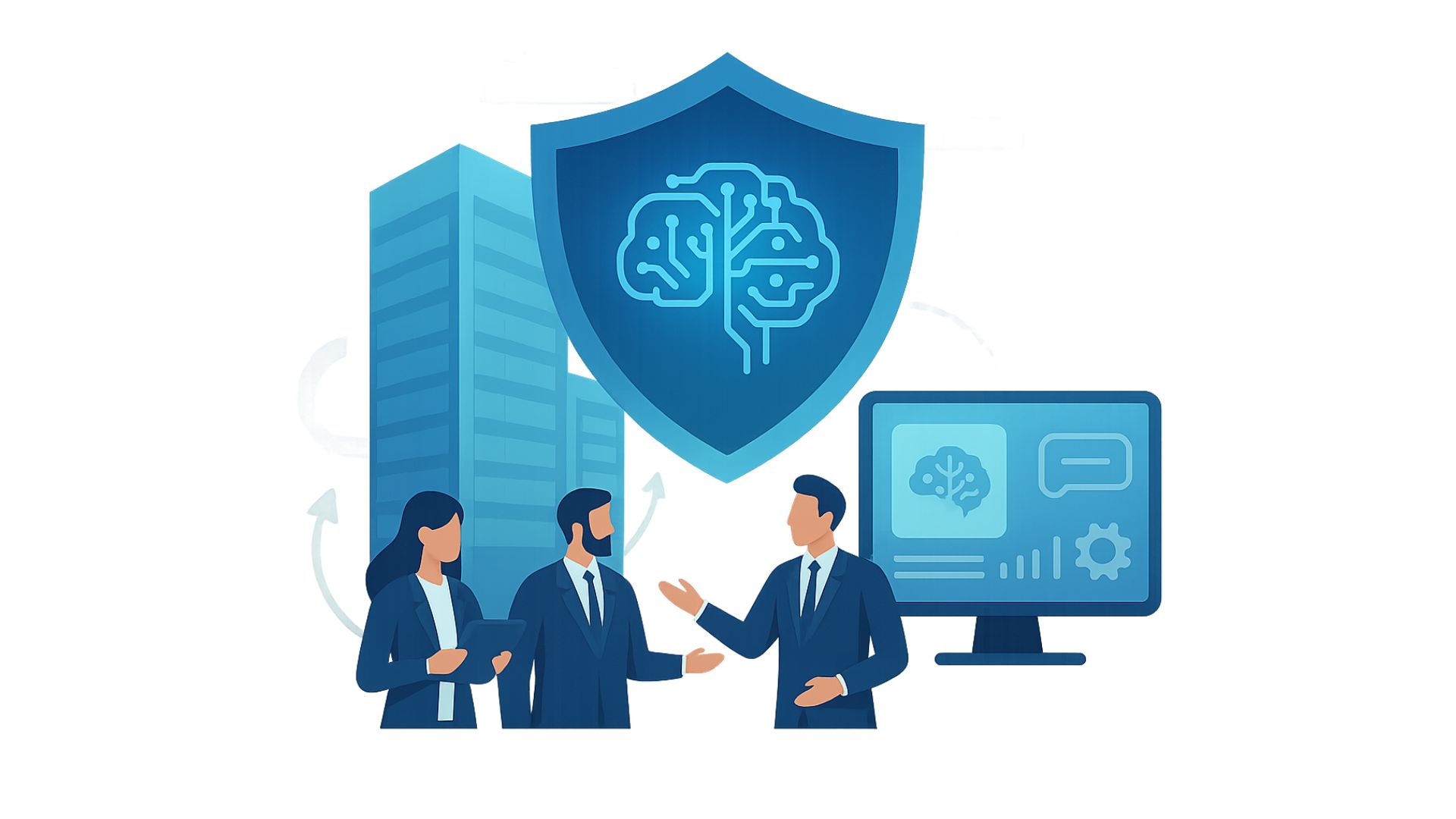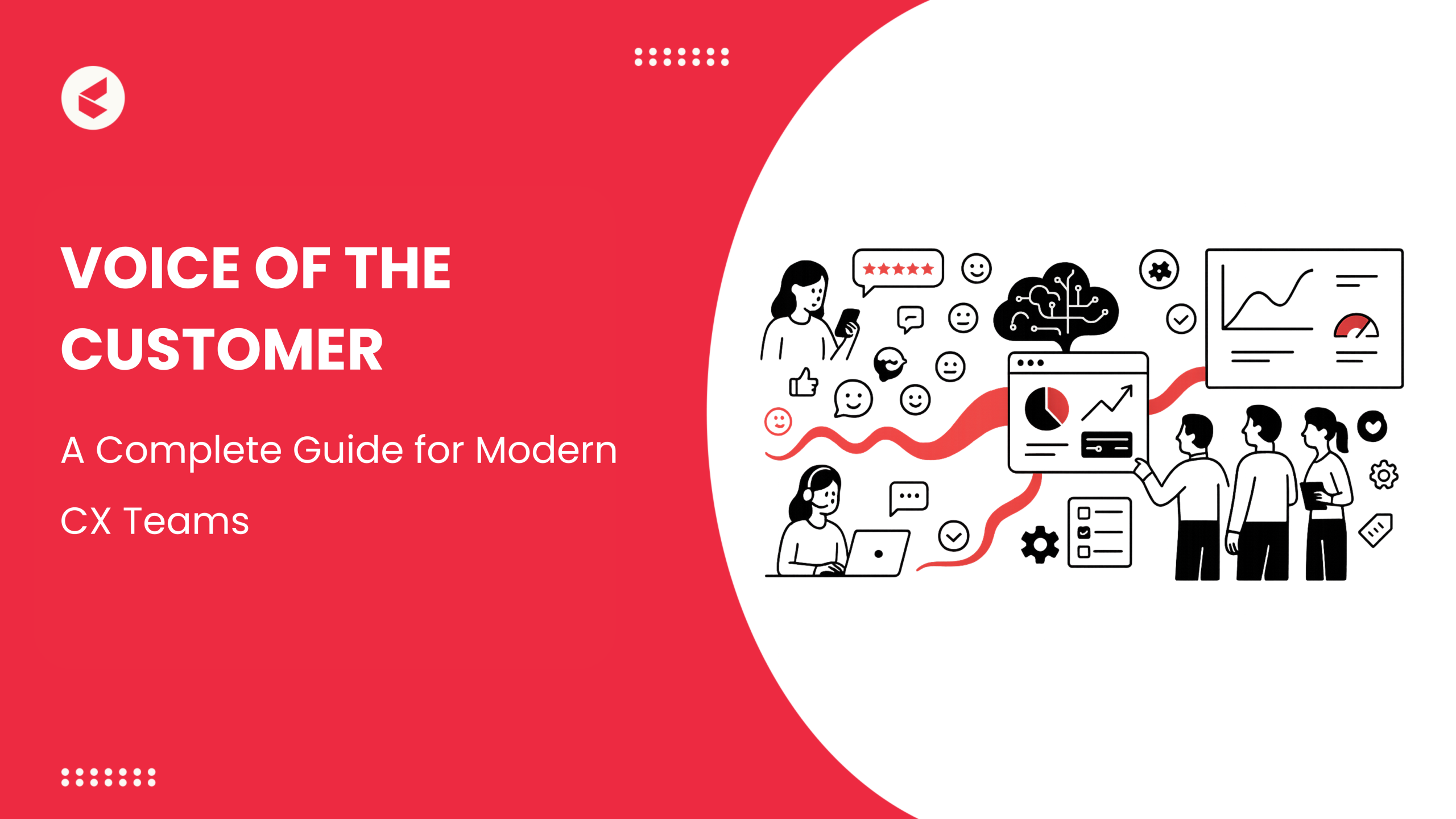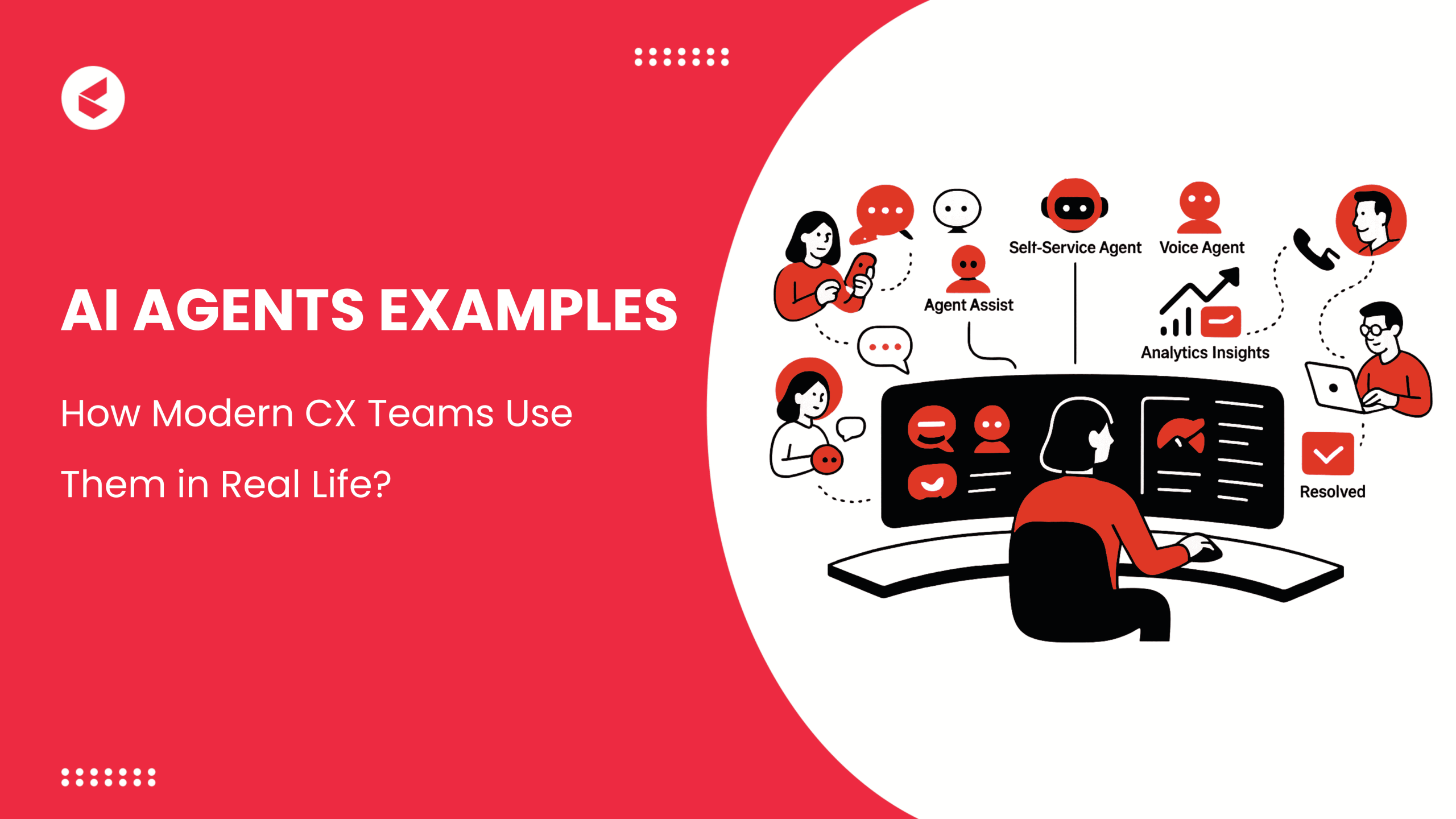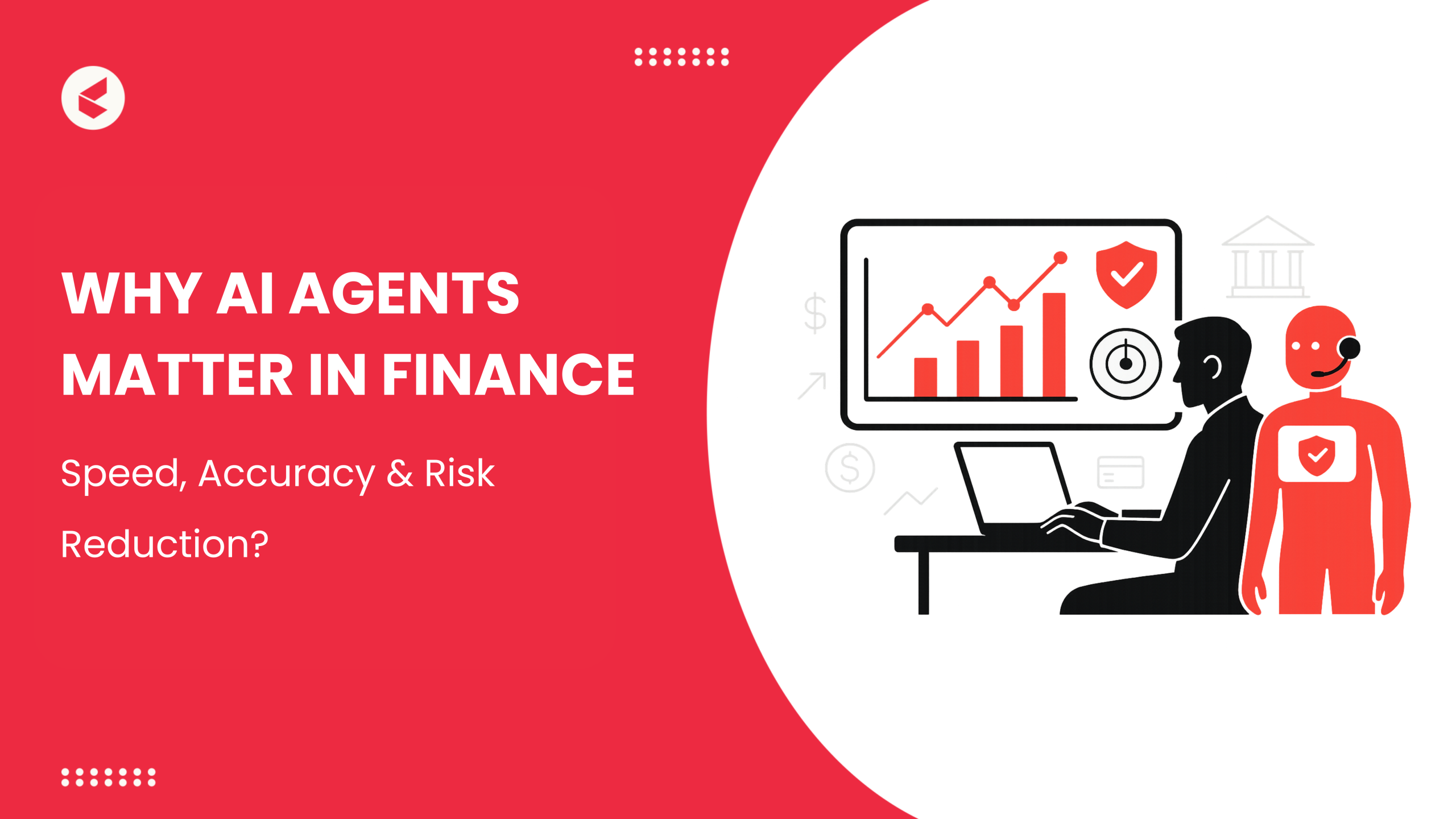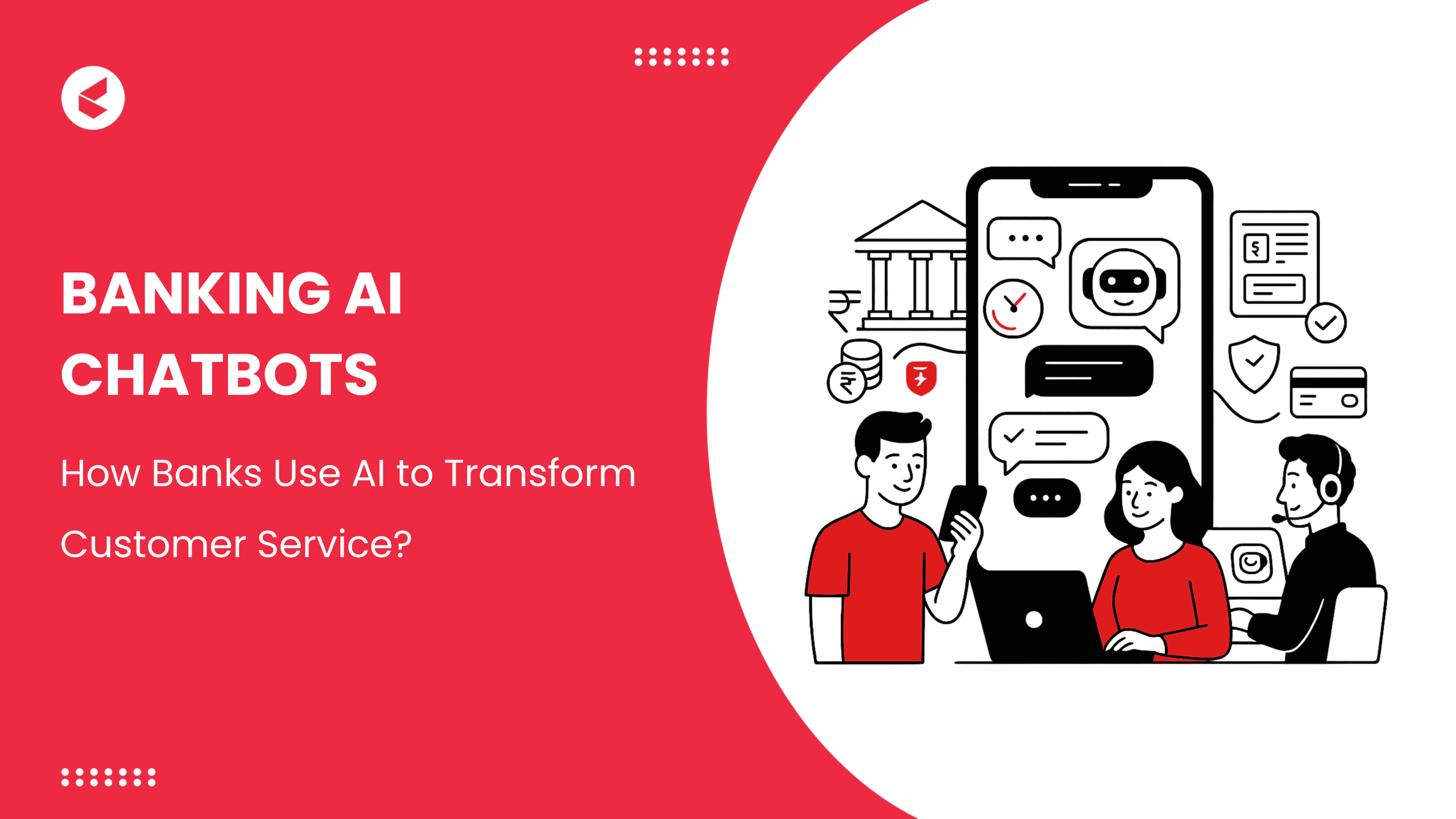The honeymoon phase with public AI is ending. In 2025, enterprises are growing wary of sending sensitive data through public APIs, and the demand for private AI is growing.
Meta is moving to court businesses with enterprise-grade models. Stability AI is pivoting hard toward corporate clients. Anthropic is tightening guardrails around its Claude models to appeal to regulated industries.
Even global players like South Korea’s Kakao are securing exclusive partnerships, tapping OpenAI to create advanced AI agents for its superapp.
The direction is clear. Organizations want AI they can trust, keep in-house, and tailor to their own rules. And the biggest bets in this space are being placed right now.
In this blog, we explore why enterprises are shifting from public AI tools to private, sovereign systems and the key drivers of that change.
What is “Private AI” in 2025?
Private AI refers to AI systems owned, trained, and operated entirely within an enterprise’s secure environment, ensuring no external party can access or influence its data or logic.
It ensures sensitive data never risks leaking into public models.
In practice, ‘private’ can mean different things: some organizations self-host and fine-tune public base models; others build and run everything in-house. The key here is to control inputs, outputs, infrastructure, and model behavior.
Let’s take a quick look at Private AI vs. Public AI:
The risk isn’t theoretical here. Last year, researchers demonstrated how Slack’s AI could be manipulated through prompt injection to leak information from private channels.
For companies handling regulated or confidential information, that’s a warning to trigger an immediate strategy shift toward private AI. Private AI has:
1 . Self-hosted LLMs – This gives organizations full custody over the model’s code and weights. It eliminates uncertainty about where and how organizations store, access, or repurpose information.
2. VPC deployments – They ensure that AI workloads remain isolated in a controlled cloud environment. It reduces the attack surfaces and prevents data from traversing unsecured networks.
3. Fine-tuned, air-gapped models – The creators tailored these models for specific domains.
It allows organizations to operate without dependency on outside connectivity or vendor-controlled infrastructure.
4. Observability stacked into architecture – Observability means constant visibility into what the model is doing and why. It enables continuous monitoring for compliance, security anomalies, and model drift, something public APIs rarely offer at the same level of granularity.
Why the Shift is Accelerating
A convergence of regulation, security gaps, and reliability concerns is pushing forward the move toward private AI.
On the compliance front, India’s Digital Personal Data Protection (DPDP) Act requires organizations to collect explicit user consent, limit data use strictly to its original purpose, and report breaches quickly.
The penalties for mishandling data are high, and the enforcement scope covers any entity processing Indian user data, regardless of where it operates.
The EU’s AI Act, meanwhile, focuses directly on how AI systems are built and deployed. It classifies use cases into risk categories, like “high-risk” for credit scoring, hiring, or healthcare. It also requires full documentation, transparency, and ongoing human oversight for anything in those buckets. Systems that can’t meet those standards face steep fines or outright bans.
Another similar incident occurred in Italy, where ChatGPT was banned due to GDPR violations. The regulator flagged OpenAI for the unauthorized collection of personal data and for failing to verify the age of users.
The ban followed a reported data breach involving user prompts and payment details. Authorities stated there was no legal basis for how OpenAI was training its models using personal data, and warned of a €20 million fine unless compliance measures were introduced.
Security issues are compounding the pressure, too. The spread of shadow AI (i.e., unsanctioned AI tools used by employees) along with high-profile prompt injection incidents makes the risks visible to boards and regulators alike. Public LLMs can be part of a secure stack, but they rarely offer the kind of transparency or isolation enterprises need to prove control.
Reliability is another catalyst. As usage spikes, public LLM SLAs are failing to deliver predictable uptime or performance under heavy load. Outages, throttling, and degraded model quality translate directly into lost productivity and customer dissatisfaction.
Private AI shifts control back into the enterprise. It gives security, legal, and engineering teams the ability to define guardrails, enforce policy, and meet internal standards without being gated by a vendor’s roadmap or resource limits. That control and need for predictable governance is what’s driving the adoption of private AI across companies now.
Who’s Leading the Charge
Several players are shaping the private AI market, each targeting different enterprise needs. Meta’s Llama models have become essential for organizations seeking open-weight foundation models that can be fine-tuned without depending on a single vendor.
Open weights mean companies can inspect, modify, and deploy on their terms. This is a direct solution to concerns over transparency and long-term control.
Databricks’ MosaicML solves a key cost barrier. Training LLMs from scratch or on proprietary data can be prohibitively expensive, especially when engineering teams lack dedicated ML infra. MosaicML integrates with Databricks’ Lakehouse to let enterprises manage the full AI lifecycle inside one stack, with predictable costs and tight governance.
AWS Bedrock aims to solve the infrastructure complexity. Many enterprises want the flexibility to use multiple foundation models (e.g., Claude, Mistral, Titan) without building or managing the plumbing themselves. Bedrock offers a managed environment with VPC-level isolation, making it easier to deploy AI safely while still meeting internal security standards.
JioBrain, part of Jio’s broader AI and 5G convergence, focuses on edge and network-level intelligence, offering industries a tightly integrated AI stack.
Together, these leaders are setting the blueprint for how private AI will scale securely inside enterprise walls.
Key Considerations for Enterprises
If you’re an enterprise looking to adopt private AI, you need to understand that private AI is an operational and strategic commitment. The table below outlines the major considerations leaders should evaluate before committing to a private AI stack.
| Aspect | Why It Matters | Strategic Best Practice |
| Hosting Costs | Running models in-house or in a private cloud involves compute, storage, and energy costs. | Model size benchmarking before purchase; dynamic scaling to manage workloads. |
| Fine-Tuning Requirements | Domain-specific tuning improves relevance and accuracy. | Use synthetic data and mixed datasets to improve generalization. |
| Monitoring for Hallucinations | Ensures output reliability and compliance. | Automated output scoring and human-in-the-loop review for critical workflows. |
| Internal Prompt Engineering Standards | Prompts define consistency, tone, and risk tolerance. | Centralized prompt repositories with version control. |
| Model Governance | Prevents misuse and enforces compliance. | Define data access roles and approval workflows for model updates. |
| Vendor Lock-in Risk | Limits flexibility and pricing leverage. | Favor open formats and interoperability from the start. |
| Latency & Availability SLAs | Directly impacts user experience. | Multi-zone deployments with failover planning. |
Kapture’s Role in Private AI for CX
Kapture has emerged as a leader in applying private, agentic AI to customer experience at enterprise scale. Its AI Agents are trained on over synthetic real-world conversations, giving them the contextual nuance, empathy, and decision-making ability that generic LLMs often miss.
By running within enterprise-grade security frameworks, such as AES-256 encryption, TLS 1.2, PHI/PII masking, Kapture aligns with strict compliance regimes, including India’s DPDP Act.
The platform offers verticalized CX solutions for industries like BFSI, retail, and travel. It delivers self-serve automation, real-time agent assistance, and continuous QA without exposing customer data to public AI models.
By blending private AI infrastructure with pre-built workflows, Kapture enables enterprises to cut resolution times, deflect high volumes of queries, and still keep full ownership of their customer data.
Make Private AI Your Competitive Edge
Enterprise leaders now face a choice that goes beyond technology selection; it’s an organizational design decision. The new phase of AI adoption will favor the enterprises that operationalize AI across business units without creating silos or compliance risks.
That means building cross-functional AI councils, integrating AI governance into procurement, and tying AI metrics directly to business outcomes, not just IT KPIs.
Kapture can accelerate that shift. With secure, industry-specific AI Agents and real-time observability, you can scale customer experiences without risking your data.
See how private AI can transform your enterprise strategy. Book a personalized demo with Kapture’s enterprise-grade AI Agents today!
FAQs
A private AI is an AI system that lives entirely within your organization’s controlled environment, trained and run on your terms, not the internet’s.
It’s a deployed interface for interacting with a private AI model, purpose-built for your workflows, compliance rules, and data security needs.
OpenAI delivers general-purpose models via public APIs, while private AI is purpose-trained, securely hosted, and fully governed by the enterprise using it.
